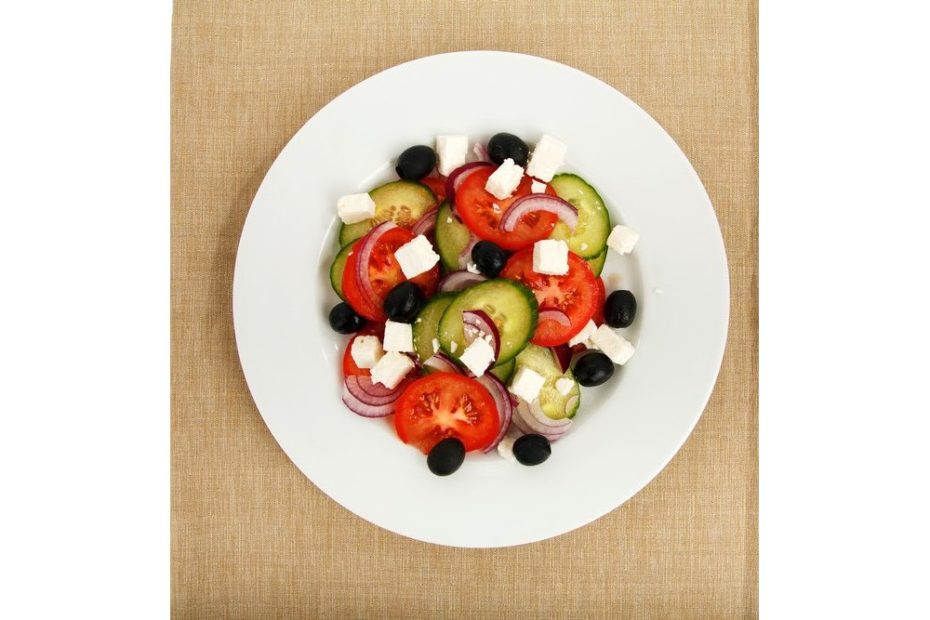Being diagnosed with Type 2 Diabetes is stressful, especially if you don’t really understand what you should and shouldn’t be eating. We take a look at why opting for a Mediterranean-style diet is a good option and look at a few of the foods you should be thinking about incorporating into your diet if you want to manage Type 2 Diabetes.
What is Type 2 Diabetes?
Type 2 Diabetes is a condition in which the body is unable to effectively regulate and utilise glucose (sugar), resulting in high blood sugar levels. Regulating blood sugar levels within a healthy range is key to managing diabetes, alongside exercise and losing weight, which can lead to remission. Diabetes UK stresses that there is no set way of eating to manage diabetes[1], but suggests following either a low-carb diet or a Mediterranean-style diet.
What is a Mediterranean-style diet?
A Mediterranean-style diet is, as its name suggests, based on the traditional diet of Mediterranean countries. This diet traditionally includes plenty of fresh fruits and vegetables, slow-release carbohydrates, fish and healthy unsaturated fats from vegetable sources. By following a Mediterranean-style diet, you will also eat fewer refined carbohydrates and processed meats.
Why is a Mediterranean-style diet beneficial for managing Type 2 Diabetes?
A Mediterranean-style diet has been proven to help regulate blood sugar levels better than any other diet used to manage diabetes.[2] The diet can also mitigate some of the other diseases which are linked to diabetes. Research has shown that the anti-inflammatory and antioxidant properties of the diet can reduce a person’s chances of having a heart attack or other cardiovascular event by up to 30%.[3] Moreover, the diet is not overly restrictive, allowing red meat and dairy produce to be eaten in moderation.
Below are some examples of foods that make up part of the Mediterranean diet. Try increasing the volume in which you eat these foods and reducing your intake of processed snacks.
Quinoa
Quinoa is a gluten-free seed which is high in protein and fibre, with a relatively low glycaemic index. Containing fewer carbs than rice, it makes a great swap for it, and is also really quick and easy to cook from home, as it is ready in less than 20 minutes!
Buckwheat
Buckwheat is a gluten-free seed high in protein, fibre, again with a relatively low glycaemic index. It is both a filling addition to a meal, leaving you less likely to snack in the hours afterwards, and has also been proven to reduce insulin resistance when eaten as part of a meal.[4] Try it in Japanese soba noodles, as flour in pancakes, or by itself as a side to a meal.
Beans
Beans are a very lean form of protein, whilst also containing a considerable amount of fibre, which plays a crucial role in regulating blood sugars. Try them as a meat replacement in a chili con carne or make your own low sugar beans on toast.
Fish
Fish plays an essential role in the Mediterranean diet and is also great for managing diabetes due to its high concentrations of Omega-3 fatty acids. Try to eat two servings of oily fish every week, such as mackerel, salmon or sardines. Fish makes a great addition to salad, or on toast as a hearty lunch.
Nuts and seeds
Nuts and seeds are an excellent vegan source of proteins and unsaturated fats, including Omega-3 fatty acids. Try a handful of seeds sprinkled on your morning porridge, or a handful of nuts as an afternoon snack.
Fruit and vegetables
It is a myth that people with Type 2 diabetes should avoid eating fruit. Diabetes UK suggests that most people with diabetes do not need to reduce the volume of fruit and vegetables they eat, although they should avoid fruit juices if possible. [5] Try to eat a variety of fruits and vegetables spread throughout the day.
What foods should I avoid if I have Type 2 Diabetes?
Any foods labelled ‘suitable for diabetics’ provide no extra benefits for people with diabetes. They may be higher in fat and calories than their alternatives and may also have a laxative effect. Instead, focus your diet on the foods mentioned above.
How Reset Your Health can help
Reset Your Health is based around the Mediterranean diet and will help you to increase your intake of the foods mentioned above in an enjoyable manner. These RYH recipes Type 2 Diabetes are low carbohydrate (less than 130g carbs) which have been balanced to ensure you won’t miss out on any nutrients. Sign up today to gain access to individualised recipes, approved by a nutritionist.
- I have Type 2 Diabetes, what can I eat? [Internet]. Diabetes UK. [cited 2021 Jun 23]. Available from: https://www.diabetes.org.uk/guide-to-diabetes/enjoy-food/eating-with-diabetes/i-have-type-2-diabetes
- Esposito K, Maiorino M, Ceriello A, Giugliano D. Prevention and control of type 2 diabetes by Mediterranean diet: A systematic review. Diabetes Research and Clinical Practice. 2010;89(2):97-102.
- Esposito K, Maiorino M, Bellastella G, Panagiotakos D, Giugliano D. Mediterranean diet for type 2 diabetes: cardiometabolic benefits. Endocrine. 2016;56(1):27-32.
- Qiu J, Liu Y, Yue Y, Qin Y, Li Z. Dietary tartary buckwheat intake attenuates insulin resistance and improves lipid profiles in patients with type 2 diabetes: a randomized controlled trial. Nutrition Research. 2016;36(12):1392-1401.
- Myth: I can’t eat fruit if I have diabetes [Internet] Diabetes UK. [cited 2021Jun23] Available from: https://www.diabetes.org.uk/guide-to-diabetes/enjoy-food/eating-with-diabetes/diabetes-food-myths/myth-fruit-diabetes
